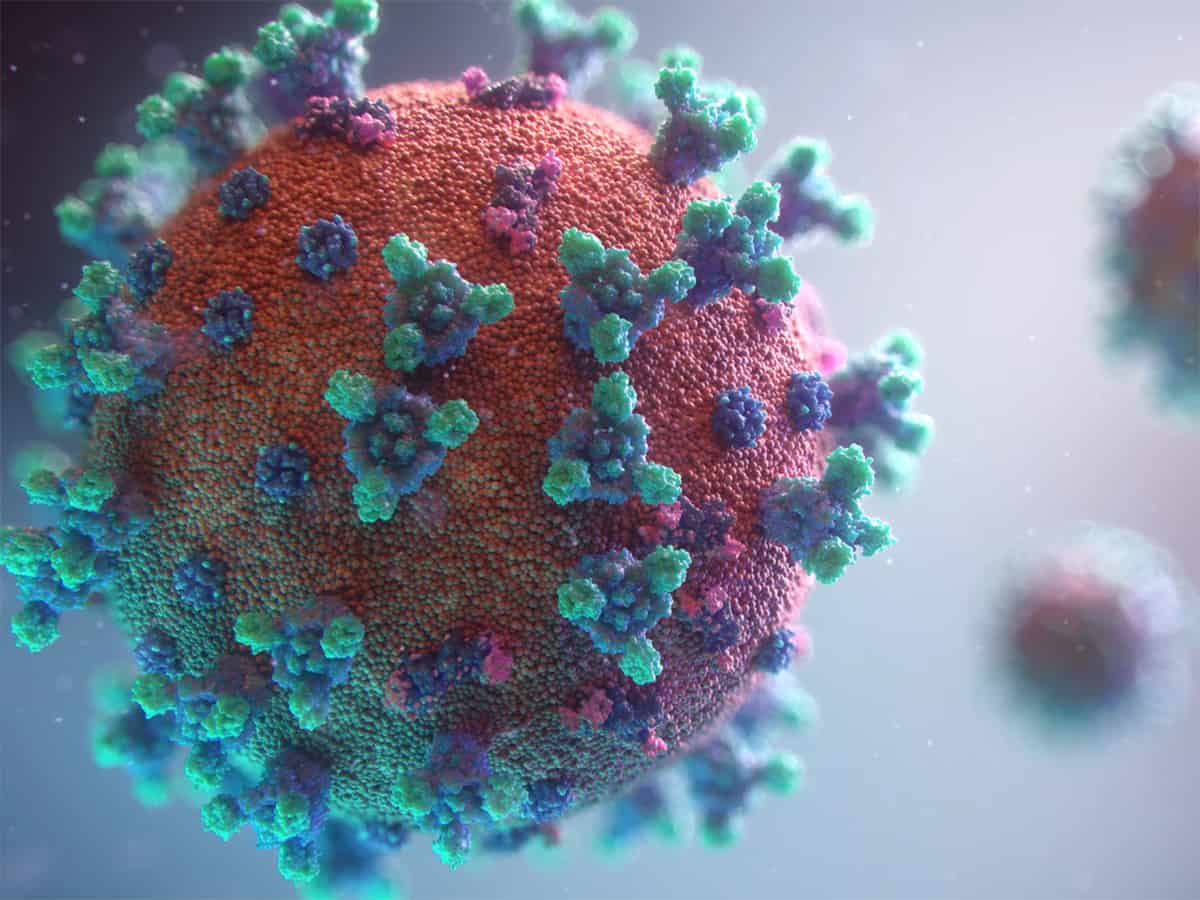
New Delhi: Throughout the pandemic, there has been much discussion of how Covid-19 infiltrates cells by hijacking a protein called ACE2 found on human cells. However, new research has revealed that ACE2 isn’t required for infection. Instead, the virus has other means it can use to infect cells.
This unexpected new insight from University of Virginia’s School of Medicine into how Covid-19 infects cells may help explain why coronaviruses are so good at jumping from species to species and will help scientists better predict how the disease will evolve.
That versatility suggests that coronaviruses can use multiple “doors” to enter cells, potentially explaining how they are so good at infecting different species, according to the study published in the scientific journal Chemical Science.
“The virus that causes Covid-19 uses ACE2 as the front door to infect cells, but we’ve found that if the front door is blocked, it can also use the back door or the windows,” said researcher Peter Kasson from Departments of Molecular Physiology and Biomedical Engineering.
“This means the virus can keep spreading as it infects a new species until it adapts to use a particular species’ front door. So we have to watch out for new viruses doing the same thing to infect us,” Kasson added.
Covid-19 has killed almost 7 million people around the world. Thankfully, the availability of vaccines and the increase in population immunity means that the virus is no longer the threat it once was to most people (though it remains a concern for groups such as the immunocompromised and elderly).
But Covid-19 continues to evolve and change, and scientists are keeping a close eye on it so that they can take quick action if a more dangerous variant emerges.
They also continue to monitor other coronaviruses in case they jump to humans and become the next great public health threat.
SARS-CoV-2 can also bind with other proteins, however. Was it possible, the scientists wondered, that it could use those other proteins to infiltrate cells?
The answer was yes. ACE-2 was the most efficient route, but it was not the only route. And that suggests that the virus can bind and infect even cells without any ACE-2 receptors at all.
That unexpected finding may help explain why coronaviruses are so adept at species-hopping, said Kasson.
“Coronaviruses like SARS-CoV-2 have already caused a pandemic and several near misses that we know of,” he said. “That suggests there are more out there, and we need to learn how they spread and what to watch out for.”



